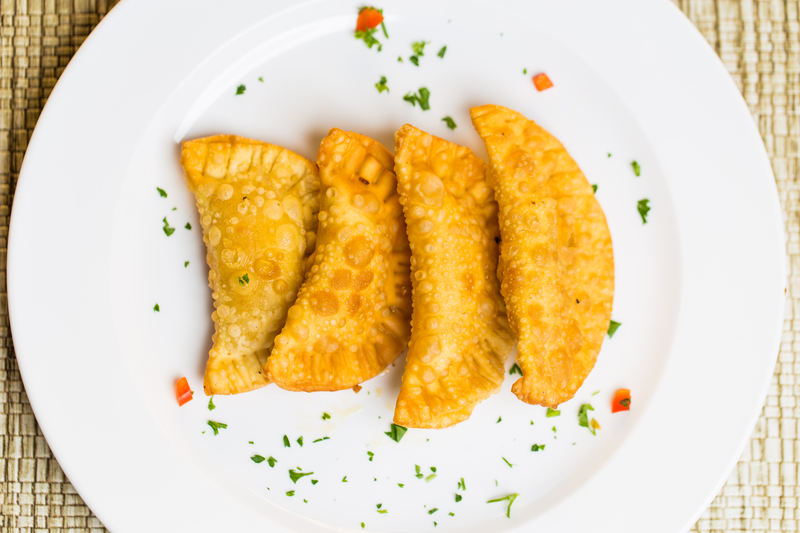Aruba travel tips
Aruba travel tips: Caribbean paradise with white-sand beaches, turquoise waters, vibrant culture, and year-round sunshine, ideal for relaxation and water sports.
Before you go 🛩
Important information you should know before your trip
Info

Capital | Oranjestad
Flag Codes
ISO alpha-2 AW, ISO alpha-3 ABW
Currency
Badge | Aruban florin
CODE | AWG
NUMBER | 533
SYMBOL | ƒ
FRACTION | Penny
Mobile Coverage
Dialing Code | +297
SIM Card
Coverage
3G / 4G / 5G
Mobile Networks | Digicel Mobile | Setar Mobile |

Location
Aruba is an island located in the southern Caribbean Sea. It is part of the Kingdom of the Netherlands and is situated about 29 kilometers (18 miles) off the northern coast of Venezuela. The coordinates of Aruba are approximately 12.5211° N latitude and 69.9683° W longitude.
Aruba is one of the four constituent countries that form the Kingdom of the Netherlands, along with the Netherlands, Curaçao, and Sint Maarten. The island is relatively small, with an area of approximately 180 square kilometers (69 square miles). It is known for its pristine beaches, turquoise waters, and warm climate, making it a popular destination for tourism.
Aruba is located outside of the hurricane belt, and its year-round pleasant weather attracts visitors throughout the year. The island is served by Queen Beatrix International Airport (AUA), which is located near the capital city of Oranjestad. From the airport, visitors can easily reach various resorts, hotels, and attractions across the island.
Currency
The currency of Aruba is the Aruban florin (AWG). The symbol for the Aruban florin is ƒ, and it is also commonly denoted as “Afl” or “Awg”. The currency is issued in both coins and banknotes. Coins are available in denominations of 5, 10, 25, and 50 cents, as well as 1 and 5 florin. Banknotes come in denominations of 10, 25, 50, 100, and 200 florin.
While the Aruban florin is the official currency, the US dollar (USD) is also widely accepted throughout Aruba. Many businesses, hotels, and restaurants in tourist areas will accept US dollars, and prices are often listed in both florins and US dollars. It’s a good idea to have a mix of local currency and US dollars when visiting Aruba, especially for smaller establishments or when dealing with local vendors. You can exchange major international currencies, including US dollars, at banks, exchange offices, or ATMs in Aruba.
Languages
The official language of Aruba is Dutch. However, the most widely spoken language on the island is Papiamento, which is a creole language. Papiamento is a unique blend of Spanish, Portuguese, Dutch, English, and African languages, and it has become the primary language of communication among the local population.
In addition to Dutch and Papiamento, English and Spanish are also commonly spoken in Aruba, particularly in areas frequented by tourists. Many locals working in the tourism industry are fluent in English, and you will find that signs, menus, and other tourist-related information are often available in English as well.
Overall, you should be able to communicate effectively in English in most tourist areas and establishments. However, learning a few basic phrases in Papiamento or Dutch can be appreciated by the locals and may enhance your experience while exploring the island.
Climate 🌡
Aruba has a tropical climate characterized by year-round warm temperatures and relatively low humidity. The island experiences a constant cooling trade wind that helps keep temperatures comfortable. The climate of Aruba can be described as arid, with little rainfall and abundant sunshine. Here are some key features of Aruba’s climate:
Temperature:
Aruba enjoys warm temperatures throughout the year. The average high temperatures range from 29°C (84°F) to 32°C (90°F), while the average low temperatures range from 24°C (75°F) to 27°C (81°F). There is only a small variation in temperatures between the seasons.
Rainfall:
Aruba has a dry climate, with low annual rainfall compared to other Caribbean islands. The island receives an average of 400 millimeters (16 inches) of rainfall per year, primarily occurring during brief showers or passing tropical systems. The months of October to January generally see slightly higher precipitation, but rain showers are usually short-lived.
Sunshine:
Aruba is known for its abundant sunshine. The island receives an average of 2,800 hours of sunshine annually, making it a popular destination for beach and outdoor activities.
Trade Winds:
Aruba benefits from constant trade winds that help moderate the temperatures and provide a pleasant breeze. These winds blow from the east, providing relief from the heat and keeping the climate comfortable.
Hurricane Season:
Aruba lies outside of the traditional hurricane belt, which means it is less prone to direct hits from hurricanes or major tropical storms. However, it can still experience indirect effects such as increased rainfall or stronger winds during the hurricane season, which typically runs from June to November.
The pleasant and consistent climate of Aruba makes it a desirable destination for travelers seeking warm weather and beach activities throughout the year. It’s important to stay hydrated and protect yourself from the sun while enjoying outdoor activities in Aruba’s tropical climate.
Aruba travel tips
Here are some travel tips for visiting Aruba:
Safety:
Aruba is generally safe, but be cautious with belongings and avoid isolated areas at night.
Weather:
Enjoy Aruba’s consistent warm weather. Pack light, but bring sunscreen, hats, and sunglasses for sun protection.
Aruban Cuisine:
Savor local dishes like Keshi Yena and seafood in beachfront restaurants.
Electricity:
The standard voltage is 127/120 V, and the frequency is 60 Hz. U.S. outlets are commonly used.
Transportation:
Rent a car to explore the island or use taxis for convenience. Public buses are available but have limited routes. View Guide.
Local Etiquette:
Arubans are friendly. Greet with a “Bon Bini” and embrace the relaxed, “One Happy Island” atmosphere.
Casinos:
Try your luck at one of Aruba’s many casinos in the hotel areas.
Enjoy the incredible beauty and diversity that Aruba has to offer!

The best of the best
Aruba offers a diverse culinary scene with influences from various cultures, including Caribbean, Dutch, Spanish, and Indigenous cuisines.

Keshi Yena
Keshi Yena is a traditional Aruban dish made with a hollowed-out Edam or Gouda cheese wheel filled with a savory mixture of meat (such as chicken or beef), vegetables, spices, and sometimes raisins or olives. It is then baked until the cheese is melted and the filling is cooked.

Pastechi
Pastechi is a popular snack in Aruba, consisting of a deep-fried pastry filled with various fillings, including cheese, meat, or seafood. It is often served as a quick bite or street food.

Funchi
Funchi is a traditional side dish in Aruba made from cornmeal. It has a similar consistency to polenta and is often served alongside main dishes like stews, fish, or meat. Funchi can be flavored with herbs, spices, or cheese.
Here are some typical foods and dishes you can try when visiting Aruba:
Red Snapper: Fresh seafood is abundant in Aruba, and one popular local fish is Red Snapper. It is often grilled or fried and served with a side of funchi, rice, or salad.
Sopas: Sopas are hearty and flavorful soups or stews commonly enjoyed in Aruba. They often feature ingredients like beef, chicken, fish, or vegetables, cooked with aromatic herbs, spices, and root vegetables.
Banana Hasa: Banana Hasa is a traditional Aruban dish made with green plantains. The plantains are boiled, smashed, and then fried until crispy. They are typically served as a side dish alongside other main courses.
Ayaca: Ayaca is a festive dish in Aruba, often enjoyed during holidays and special occasions. It is similar to a tamale and consists of a mixture of meat (usually chicken or pork), vegetables, and spices wrapped in a banana leaf and steamed.
Batidos: Batidos are refreshing fruit shakes made with a blend of fresh fruits, ice, and sometimes milk or yogurt. They are a popular beverage choice to cool off in Aruba’s warm climate.
These are just a few examples of the typical foods you can find in Aruba. The island offers a wide range of international cuisines as well, so you’ll have plenty of options to satisfy your taste buds while exploring the local culinary scene.
Transportation 🚥
More information about this country
Choose your destination 📍🗺
Useful Links ✅













